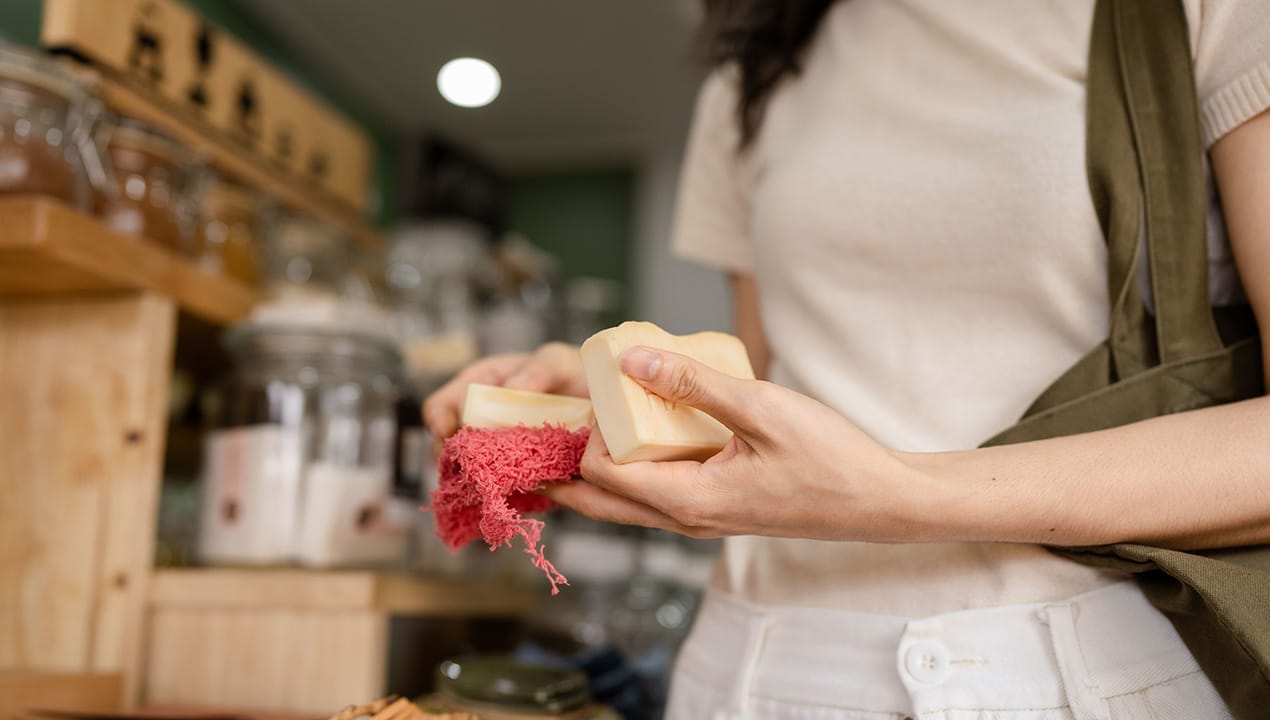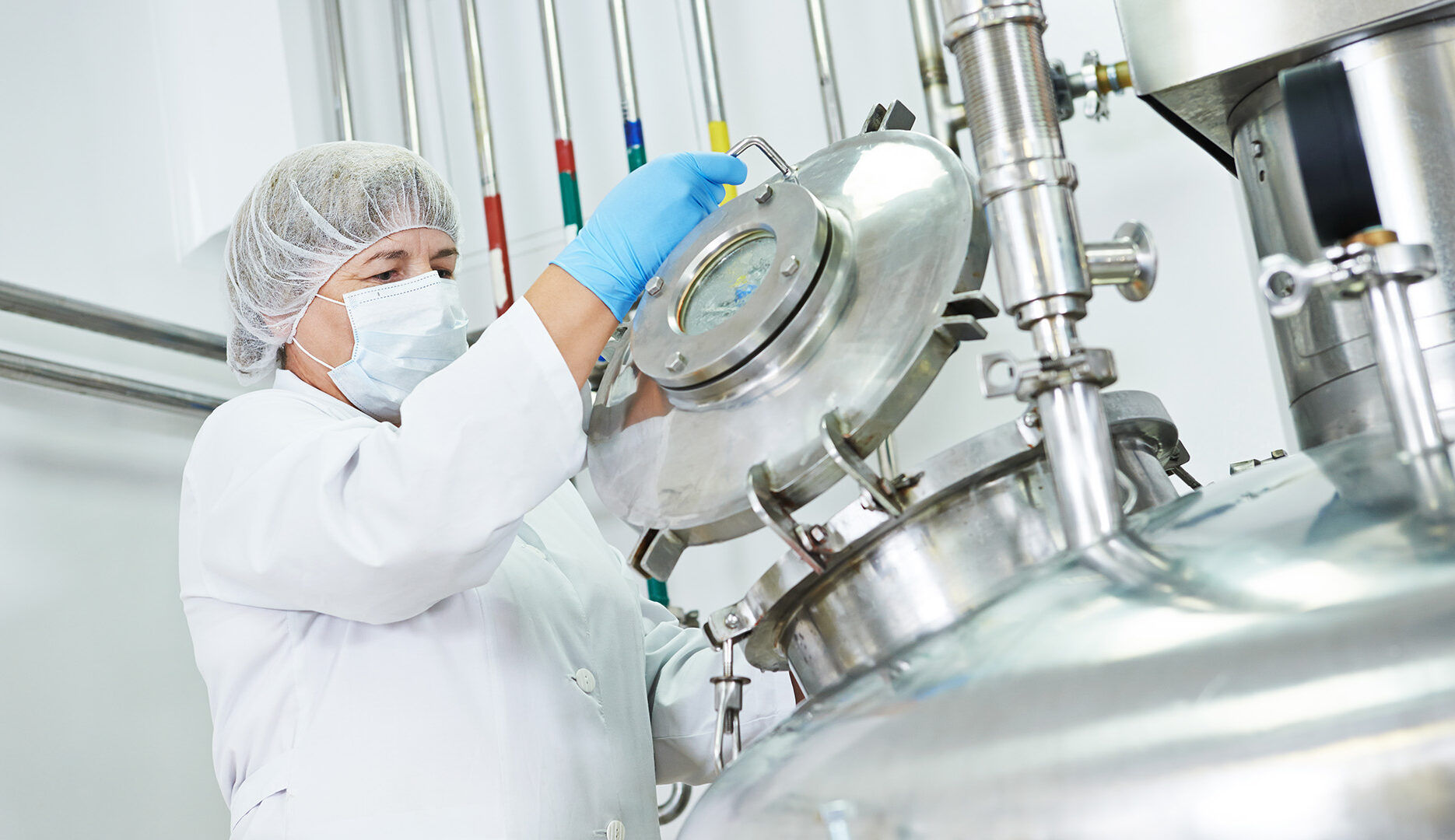As competition heats up in the green cleaning space, use of natural ingredients is increasing. However, ‘natural’ can be an ambiguous term and claims about products containing these materials sometimes lack clarity. Cesar Vargas-Razo, Principal Consultant – Consumer, and Elizabeth Clark, Consultant Chemist, advocate transparency to earn consumer trust and ensure regulatory compliance. Here, they consider how to define and label natural ingredients in the home hygiene category.
Recent figures suggest that the global market for green household cleaning products is set to grow from USD 298.90 billion in 2023 to USD 494.96 billion by 2030 (Research and Markets). As Consumer Packaged Goods (CPG) companies contend for this space, use of natural ingredients is on the rise. There’s a widespread notion that products containing them are better for consumers and better for the environment.
However, when it comes to formulated products, natural is hard to define. Ingredients don’t always fit into neat categories; there’s a spectrum running from natural extracts to materials that are naturally derived, nature-identical, biosynthetic, and synthetic. To complicate matters further, regulator opinion on what constitutes a natural ingredient varies around the world too.
Meanwhile, consumers and regulators are placing more scrutiny on natural claims. Evolving regulatory measures to mitigate greenwashing in the UK and EU specifically mention natural claims, and the ‘truthful and non-misleading’ principle also applies. So, what’s the best way forward?
Defining ‘natural’ for the home hygiene category
Most people define a natural material as one that occurs in nature. Plant sources are considered natural, as are plant oil extracts. On this basis, petroleum might be considered natural too, as crude oil is derived from the slow decomposition of plants and animals over millennia, but few would classify it in this way.
We identified ‘the importance of ingredient transparency’ and ‘the need for ingredient proof of claims’ as critical drivers of home hygiene innovation in a recent whitepaper. It’s useful to apply these factors to products with natural claims.
In the absence of an accepted legal definition for natural, the onus is on manufacturers to use the term transparently and with integrity. We suggest that a material should meet one of the following criteria to be categorised as natural:
- Ingredients directly extracted (non-chemically) or distilled from plant or animal sources and not chemically modified in any way, or
- Ingredients directly obtained via bio-fermentation (produced using micro-organisms, such as bacteria, fed and sustained with natural feedstocks, such as corn starch or sugar cane).
Materials obtained from petrochemical feedstock would not be considered natural. The same is true of natural materials that have been chemically modified, for instance:
- Ingredients obtained through the addition or subtraction of a functional group, such as an alcohol or amine group, to a natural extract, or
- Ingredients produced via chemical synthesis or modification u2013 regardless of whether the final product is chemically identical to a substance that can also be sourced from nature.
In the first non-natural scenario, the chemically modified material would be classified as ‘naturally derived’ or ‘synthetic with a natural origin’. This is especially relevant to surfactants in the home hygiene category. Traditionally obtained through chemical synthesis processes, they can also be naturally derived using natural enzymes in fermentation tanks. However, synthetic mimics of materials of natural origin cannot be described as naturally derived. For example, Madagascan vanilla extract is considered natural, but the cheaper and more easily obtainable synthetic vanilla is not. The table below summarises our recommended approach to material classification and labelling.







